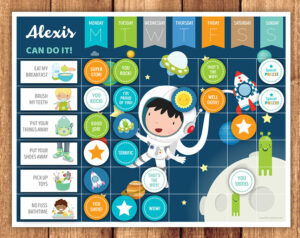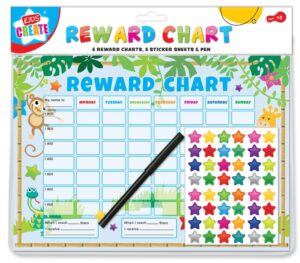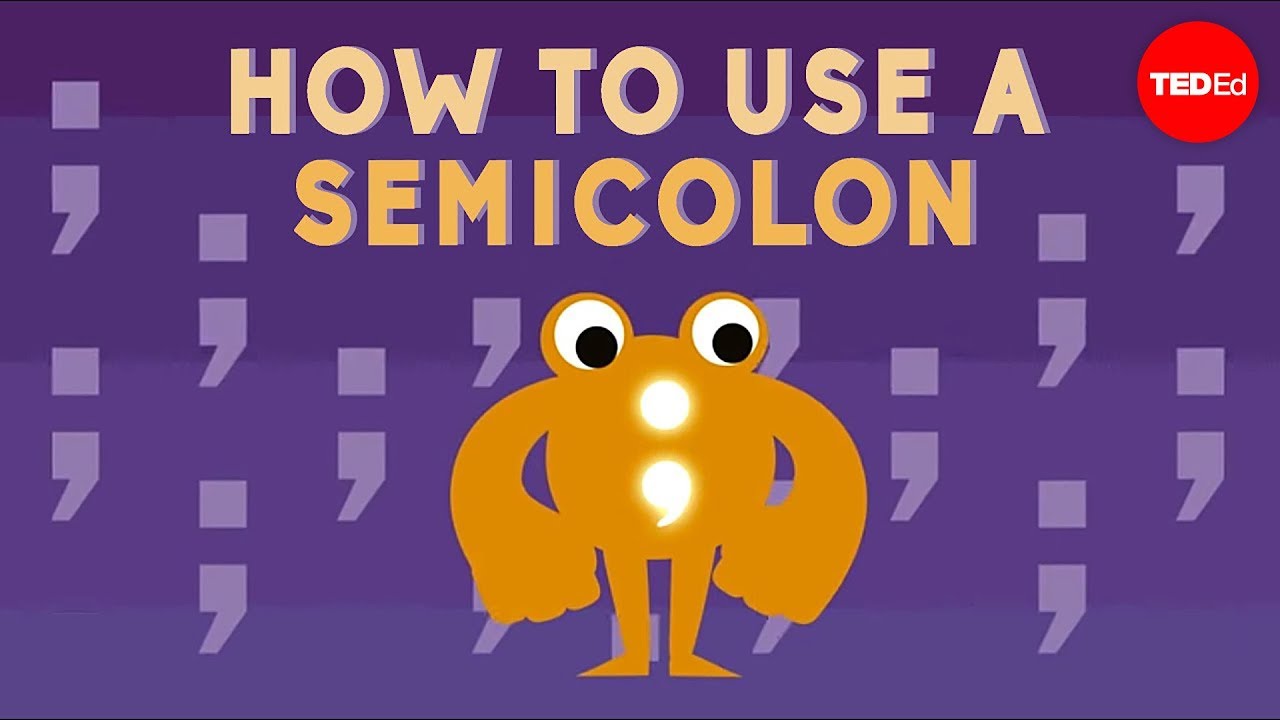What is the best consequence to use for a particular behavior? This is probably one of the most common questions we receive from many parents. You may wonder which consequences to use, how to set them up effectively, and how long to give them.
We notice some parents are moving towards “gentle parenting”, where they choose not to use rewards (sticker charts, lollies, chocolates, TV time as “bribes”) and punishments (taking away “privileges”, time-out…) to encourage good behaviour for the sake of doing the right thing. A great way to start figuring out the right consequences for your situation is to sit down during a calm moment and create a list, or “menu,” of consequences and rewards for your child. Each behavior you are worried about should have a specific consequence.
To help you get started, we suggest some simple, but effective ideas for a reward system in place.



 Types of Rewards
Types of Rewards 4.Give your child the stickers straight after the behaviour
4.Give your child the stickers straight after the behaviour










